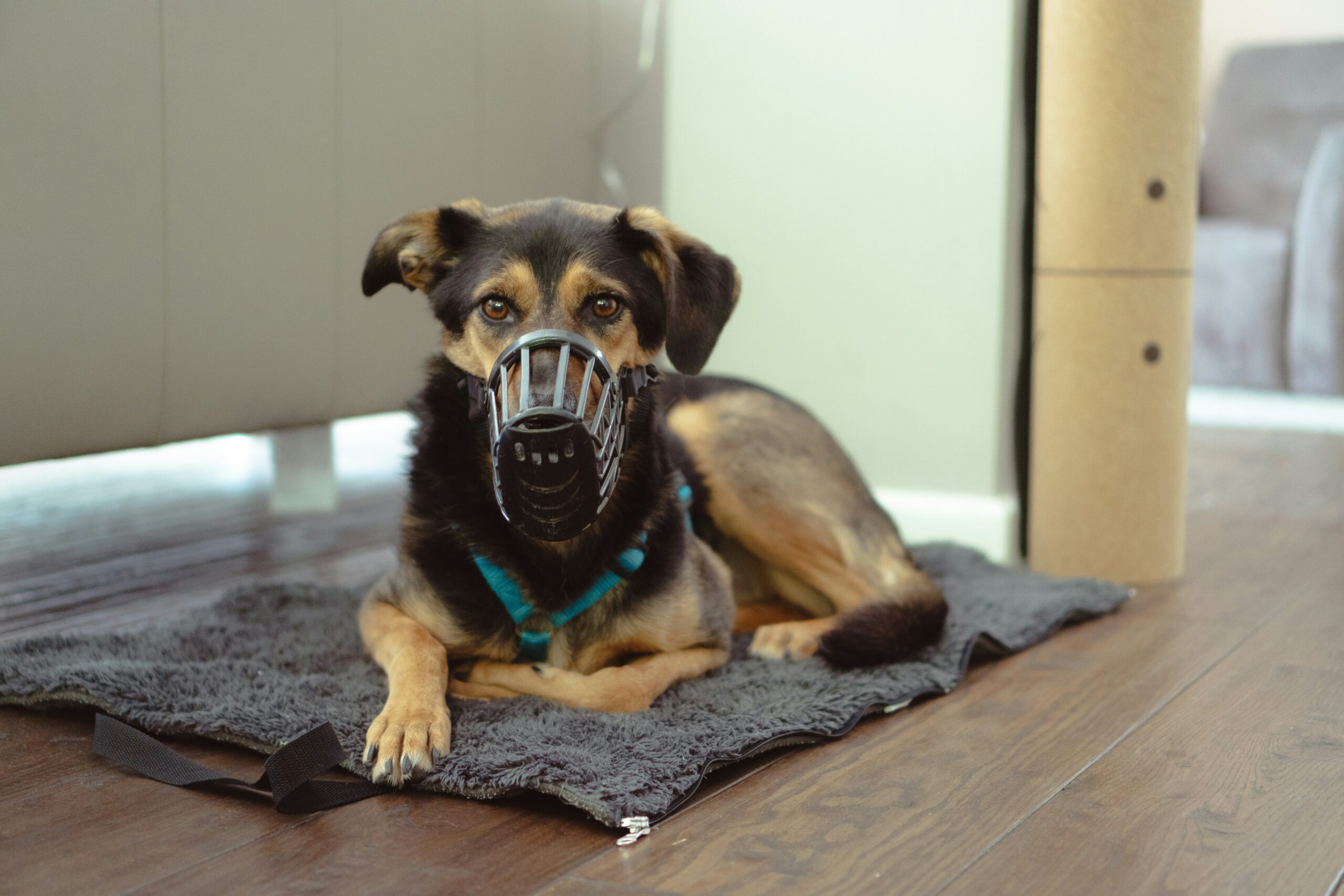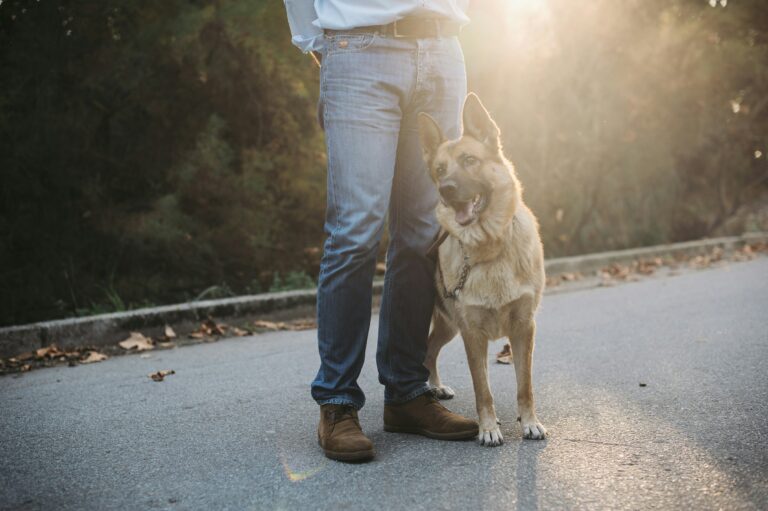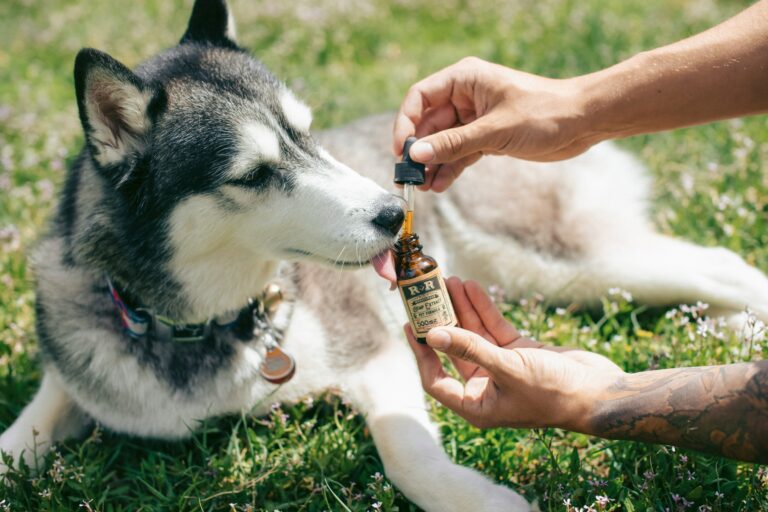Muzzle Conditioning: A Guide to Safely Training Your Dog
Muzzle Conditioning: A Guide to Safely Training Your Dog
Muzzle conditioning: a guide to safely training your dog. This article explores the benefits of muzzle conditioning for dogs, including reducing stress during grooming, allowing participation in activities like agility training, and improving comfort and security in various environments. It also provides tips on how to properly train a dog to wear a muzzle and emphasizes the importance of positive training methods. Off Leash K9 Training 30A understands the importance of introduction and muzzle conditioning.
 Introduction to the Benefits of Muzzle Conditioning for Dogs
Introduction to the Benefits of Muzzle Conditioning for Dogs
Muzzle conditioning plays a crucial role in ensuring the well-being and safety of dogs. Especially those that may exhibit dog-selective, dog-reactive, fearful, or aggressive behaviors. By implementing positive muzzle training techniques, owners can help reduce stress during grooming sessions and other potentially anxiety-inducing situations for their furry companions. Muzzle training is crucial for reactive dogs to ensure safety and comfort.
Benefits of Muzzle Conditioning for Dogs
One of the primary benefits of muzzle conditioning is that it enables dogs to engage in various activities. Without causing harm to themselves or others, they can engage in agility training. Additionally, dogs that are effectively muzzle trained tend to feel more secure and comfortable in different environments. This contributes to their overall well-being. This conditioning is especially critical for dogs with a history of biting or aggressive tendencies, as it helps manage their behavior and ensures the safety of those around them.
Types of Recommended Muzzles for Dogs
Basket muzzles like the Baskerville Ultra or Jafco Clear Vinyl varieties are highly recommended for long-term use. Different breeds may require specific types of muzzles to ensure optimal comfort and safety. This is important for choosing the right fit for your dog. It’s essential to understand that muzzles should never be used as a form of punishment but rather as a safety measure to protect both the dog and those interacting with it.
 How to Properly Train Your Dog to Wear a Muzzle
How to Properly Train Your Dog to Wear a Muzzle
Properly training a dog to wear a muzzle involves a gradual approach to ensure the dog’s comfort and acceptance of this accessory. Consistent positive reinforcement, coupled with high-value treats, is key to successful muzzle training, as it helps create positive associations with wearing the muzzle. In cases where a dog shows signs of fear or resistance during training, seeking guidance from professionals can provide valuable assistance in overcoming these challenges.
Tips for Muzzle Training Reactive Dogs Safely
Muzzle training for reactive dogs should be approached gradually to prevent any negative associations with the muzzle. It is crucial to avoid using muzzles that restrict a dog’s ability to pant, drink water, or accept treats. This can lead to discomfort and stress for the dog. Reactive dogs may benefit from desensitization techniques during muzzle training, helping them become more comfortable with this necessary accessory.
Importance of Positive Training Methods in Muzzle Conditioning
Incorporating positive training methods in muzzle conditioning is essential, especially for dogs with aggression issues. Ensuring a proper fit for the muzzle is crucial to prevent any discomfort or injuries to the dog during wear. Through positive reinforcement techniques, muzzle training can also strengthen the bond between a dog and its owner.


 Introduction
Introduction
 How to Properly Train Your Dog to Wear a Muzzle
How to Properly Train Your Dog to Wear a Muzzle





